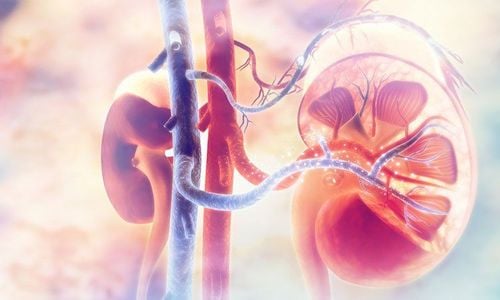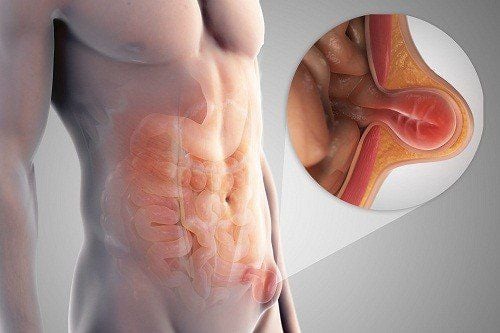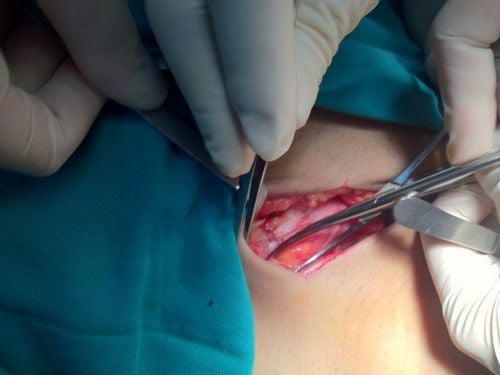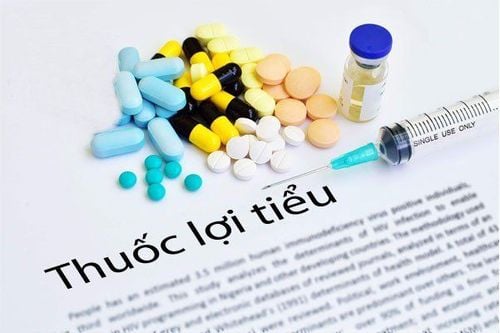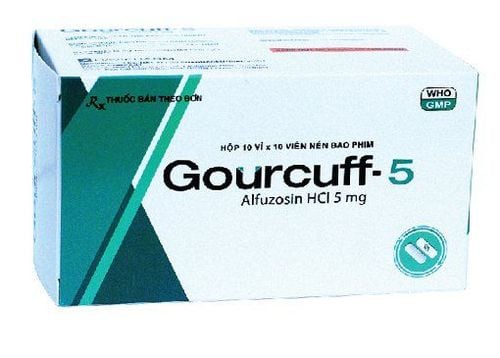This is an automatically translated article.
The article is professionally consulted by Master, Doctor Nguyen Tan Cuong - Head of Urology Department, Department of General Surgery - Vinmec Central Park International General Hospital.Narrowing of the pyelonephritis-ureteral junction obstructs the flow of urine from the renal pelvis to the ureter. If not detected and treated promptly, the kidneys can be severely damaged. Laparoscopic surgery is the most effective treatment method of ureteropelvic junction stenosis, in which robot-assisted surgery is a new surgical direction with many outstanding advantages.
1. What is pyelonephritis - ureteral junction stenosis?
Narrow ureteropelvic junction is an abnormality in the junction between the renal pelvis and the ureter, which obstructs the flow of urine from the kidney to the ureter. Urine between the renal pelvis and the ureter is blocked, causing the renal pelvis to become waterlogged and enlarged. If left untreated, the kidneys can be completely destroyed.
Renal-ureteral junction stenosis can be unilateral or bilateral, but the incidence of stenosis on the left is twice as high as on the right. This is the most common cause of obstruction in children. The disease is common in children about 5 years old, in adults, the disease is usually diagnosed at the age of 30 to 40 with twice the rate in men than in women. The disease has a familial tendency, if a family member has a ureteral junction stenosis, the risk of the disease is higher.
There are many causes of narrowing of the pyelonephritis-ureteral junction such as:
Congenital: the ureter plugs into the renal pelvis in an abnormal position, the junction has no peristalsis; Abnormal blood vessels pressing on the ureter; Inflammatory fibrotic reaction after surgery or trauma: after ureteral surgery, infected pseudocyst, retroperitoneal fibrosis... Benign or malignant tumor in the urinary tract...
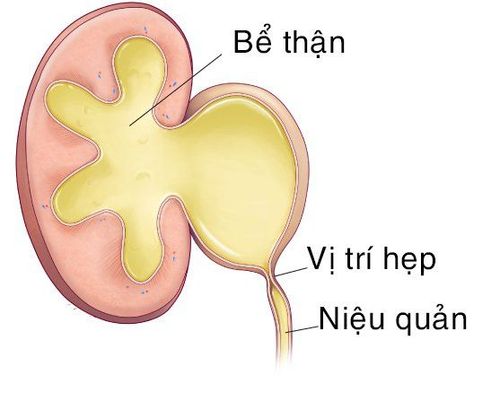
Hẹp khúc nối bể thận - niệu quản là một bất thường ở phần nối giữa bể thận và niệu quản
The disease often progresses silently without causing symptoms, only discovered incidentally during abdominal ultrasound or when complications have appeared with large hydronephrosis, partial or complete loss of function.
In some cases, the patient will have one or more symptoms such as:
Back pain: pain on one side of the back, vague pain for a long time, recurring back fatigue. Typical symptoms: when drinking a lot of water, it will cause back pain, claudication with nausea and vomiting or renal colic. Symptoms of urinary tract infection, pyelonephritis, kidney failure.
2. Surgery for narrowing of the ureteropelvic junction
The main treatment for pyelonephritis-ureteral junction stenosis is surgery.
Surgical methods for narrowing the ureteropelvic junction include:
Endoscopic wide dissection of the ureter often used for mild or moderate uretero-pelvic stenosis, without vascular compression. ureteral compression. The laser is used to make a wide incision in the lumen of the narrow ureter at the pyelonephritis-ureteral junction, the ureteral tube is dilated, then a double J catheter is inserted into the ureter. There are two approaches: percutaneous nephroscopy or retrograde ureteroscopy.
Surgery to shape the pyelonephritis - ureter: Laparoscopic or open surgery to remove the narrow segment of the pyelonephritis - ureter, then create a suture connecting the ureter with the renal pelvis. This is the most commonly used method today.
Surgery will improve the ability of urine to drain from the renal pelvis to the ureter. Only perform nephrectomy when the kidney has lost its function (the function of the affected kidney is less than 10-15%) and the remaining kidney has good function.
Patients after surgery need to be continuously monitored for imaging tests such as: Ultrasound of the urinary system, X-ray of the venous urograph, CT Scan of the urinary system or Scan of the kidney to check for recurrence of the disease. are not.

Phương pháp phẫu thuật tạo hình khúc nối bể thận - niệu quản
3. Surgery with robot assist in the treatment of narrowing of the pyelonephritis - ureter
Surgery with robot support is a great development step of surgery, a promising new approach and a development trend of the surgical industry. Robotic-assisted surgery has many advantages over classic open and laparoscopic surgery.
With sophisticated, modern structure, perfect simulation of human hand operation, wide surgical angle up to 540 that no human arm can perform, three-dimensional magnified image so the robot is capable of ability to diagnose and perform precise, minimally invasive surgery. Therefore, surgery with robot support brings high treatment efficiency and safety, reduces pain and complications for the patient, ensures aesthetics, helps shorten hospital stay, and recovers quickly. dress.
Surgery with a minimally invasive robot to treat narrowing of the pyelonephritis - ureter is being performed at Vinmec Central Park International General Hospital. Here equipped with modern Dex Flex Robot with sophisticated structure and many outstanding advantages. Robotic surgical arm is very flexible, perfectly simulates the surgical operations of the human hand, meeting the highest requirements of surgery.
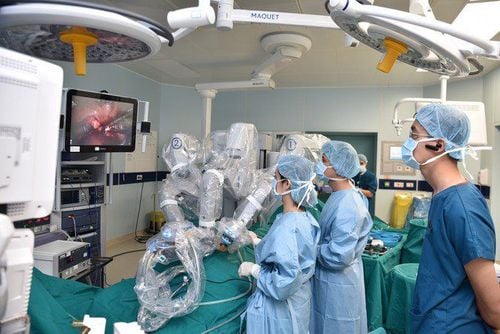
Phẫu thuật với Robot ít xâm lấn hỗ trợ điều trị hẹp khúc nối bể thận - niệu quản thực hiện tại Bệnh viện Đa khoa Quốc tế Vinmec Central Park
Surgery with robot assist in the treatment of narrowing of the pyelonephritis - ureteral junction at Vinmec Central Park hospital is performed directly by Urology specialists, Master, Doctor Nguyen Tan Cuong - Head of Outpatient Unit. Urology, with nearly 20 years of experience in the field of surgery and many valuable scientific research works.
For detailed advice on handheld robotic surgery in the treatment of Urological pathology at Vinmec Central Park, please contact HOTLINE 0283 6221 166 or register online HERE.




